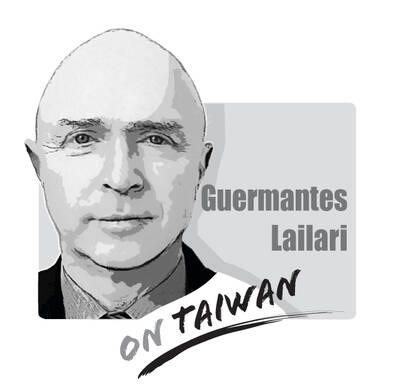US President Donald Trump has proposed raising tariffs on imported medicines to 150 percent, and potentially to 250 percent, as a way to boost US domestic production. How would such a policy affect Taiwan’s pharmaceutical market?
About 75 percent of medicines in Taiwan are imported. Much less is exported to the US. Many of Taiwan’s biopharmaceutical companies have established operations in the US. If the US government raises tariffs on drug imports, it would benefit these Taiwan-backed US companies to become even more competitive.
In Taiwan, medical institutions apply to the National Health Insurance Administration (NHIA) to register drug prices according to reimbursement benefits and payment standards. These institutions negotiate prices with pharmaceutical companies, often driving them down and squeezing profits. For instance, under the National Health Insurance system, Plavix — a drug used to prevent atherosclerosis — costs NT$36, compared with the equivalent of NT$239 in the US.
If higher tariffs disrupt the global pharmaceutical supply chain by raising costs and reducing output, and if purchase prices in Taiwan remain capped, companies might prioritize selling to higher-margin markets. Under free-market conditions, this could lead to shortages of brand-name drugs in Taiwan.
While brand-name and generic drugs are essentially the same in terms of ingredients, dosage and form, the former carry higher prices due to research and development costs. Generics, produced after patents expire, must still meet the Good Manufacturing Practice standards set by the Pharmaceutical Inspection Co-operation Scheme, ensuring safety and quality equivalent to the originals.
To mitigate the risk of brand-name drug shortages, Taiwan’s pharmaceutical industry must strengthen its capacity to produce generics, reducing reliance on imported brands. Locally manufactured generics could serve as a vital substitute in the event of supply disruptions.
Yeh Yu-cheng is a civil servant at the Public Health Bureau
Translated by Lai Wen-chieh

Chinese state-owned companies COSCO Shipping Corporation and China Merchants have a 30 percent stake in Kaohsiung Port’s Kao Ming Container Terminal (Terminal No. 6) and COSCO leases Berths 65 and 66. It is extremely dangerous to allow Chinese companies or state-owned companies to operate critical infrastructure. Deterrence theorists are familiar with the concepts of deterrence “by punishment” and “by denial.” Deterrence by punishment threatens an aggressor with prohibitive costs (like retaliation or sanctions) that outweigh the benefits of their action, while deterrence by denial aims to make an attack so difficult that it becomes pointless. Elbridge Colby, currently serving as the Under
The Ministry of the Interior on Thursday last week said it ordered Internet service providers to block access to Chinese social media platform Xiaohongshu (小紅書, also known as RedNote in English) for a year, citing security risks and more than 1,700 alleged fraud cases on the platform since last year. The order took effect immediately, abruptly affecting more than 3 million users in Taiwan, and sparked discussions among politicians, online influencers and the public. The platform is often described as China’s version of Instagram or Pinterest, combining visual social media with e-commerce, and its users are predominantly young urban women,
Most Hong Kongers ignored the elections for its Legislative Council (LegCo) in 2021 and did so once again on Sunday. Unlike in 2021, moderate democrats who pledged their allegiance to Beijing were absent from the ballots this year. The electoral system overhaul is apparent revenge by Beijing for the democracy movement. On Sunday, the Hong Kong “patriots-only” election of the LegCo had a record-low turnout in the five geographical constituencies, with only 1.3 million people casting their ballots on the only seats that most Hong Kongers are eligible to vote for. Blank and invalid votes were up 50 percent from the previous
Japanese Prime Minister Sanae Takaichi lit a fuse the moment she declared that trouble for Taiwan means trouble for Japan. Beijing roared, Tokyo braced and like a plot twist nobody expected that early in the story, US President Donald Trump suddenly picked up the phone to talk to her. For a man who normally prefers to keep Asia guessing, the move itself was striking. What followed was even more intriguing. No one outside the room knows the exact phrasing, the tone or the diplomatic eyebrow raises exchanged, but the broad takeaway circulating among people familiar with the call was this: Trump did